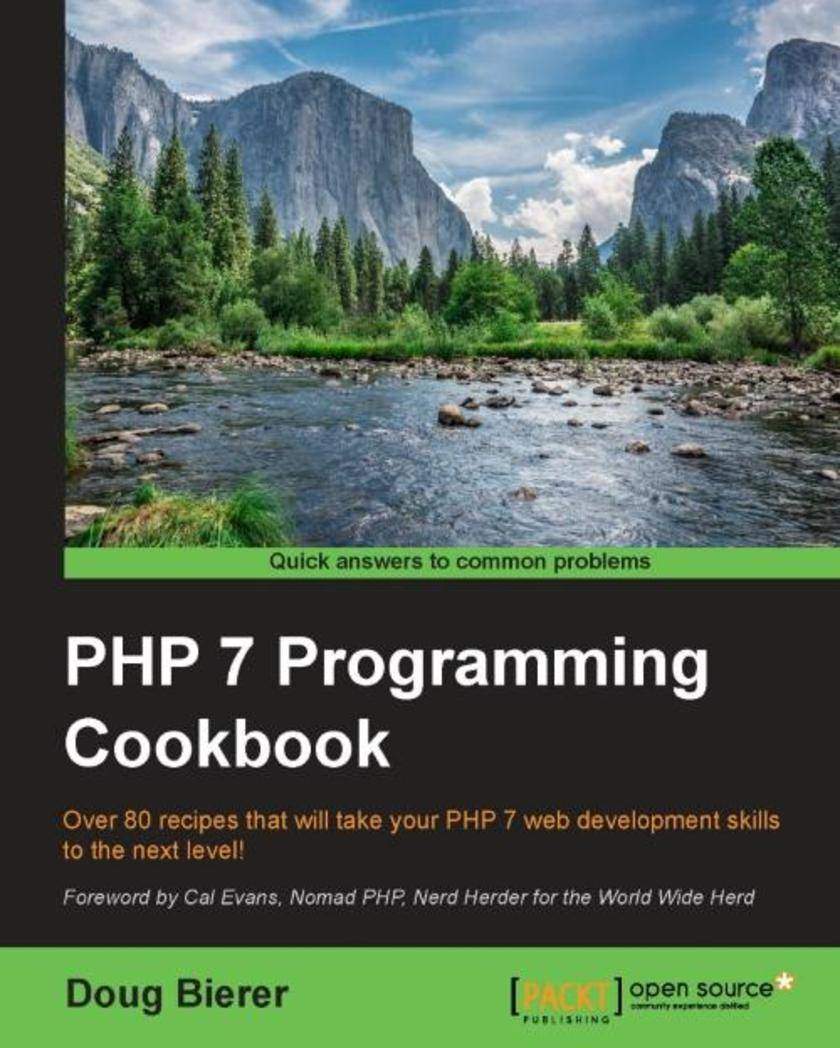
PHP 7 Programming Cookbook
¥90.46
Over 80 recipes that will take your PHP 7 web development skills to the next level! About This Book This is the most up-to-date book in the market on PHP It covers the new features of version 7.x, best practices for server-side programming, and MVC frameworks The recipe-based approach will allow you to explore the unique capabilities that PHP offers to web programmers Who This Book Is For If you are an aspiring web developer, mobile developer, or backend programmer, then this book is for you as it will take your PHP programming skills to next level. Basic knowledge of PHP programming is assumed. What You Will Learn Use advanced PHP 7 features, such as the Abstract Syntax Tree, Uniform Variable Syntax, Scalar Type Hints, Generator Delegation, Anonymous Classes, and the Context Sensitive Lexer Discover where and when PHP 5 code needs to be re-written to avoid backwards-compatibility breaks Improve the overall application security and error handling by taking advantage of classes that implement the new throwable interface Solve practical real-world programming problems using PHP 7 Develop middle-wareclasses that allow PHP developers to gluedifferent open source libraries together seamlessly Define and Implement PSR-7 classes Create custom middleware using PSR-7 compliant classes Test and debug your code, and get to know the best practices In Detail PHP 7 comes with a myriad of new features and great tools to optimize your code and make your code perform faster than in previous versions. Most importantly, it allows you to maintain high traffic on your websites with low-cost hardware and servers through a multithreading web server. This book demonstrates intermediate to advanced PHP techniques with a focus on PHP 7. Each recipe is designed to solve practical, real-world problems faced by PHP developers like yourself every day. We also cover new ways of writing PHP code made possible only in version 7. In addition, we discuss backward-compatibility breaks and give you plenty of guidance on when and where PHP 5 code needs to be changed to produce the correct results when running under PHP 7. This book also incorporates the latest PHP 7.x features. By the end of the book, you will be equipped with the tools and skills required to deliver efficient applications for your websites and enterprises. Style and approach This book takes a recipe-based approach, with real-world examples that can serve as building blocks for a larger application. Each recipe is self-contained with no external dependencies. This book follows a problem-solution strategy so you understand how to deal with various scenarios you may encounter while using PHP 7 in your daily activities.
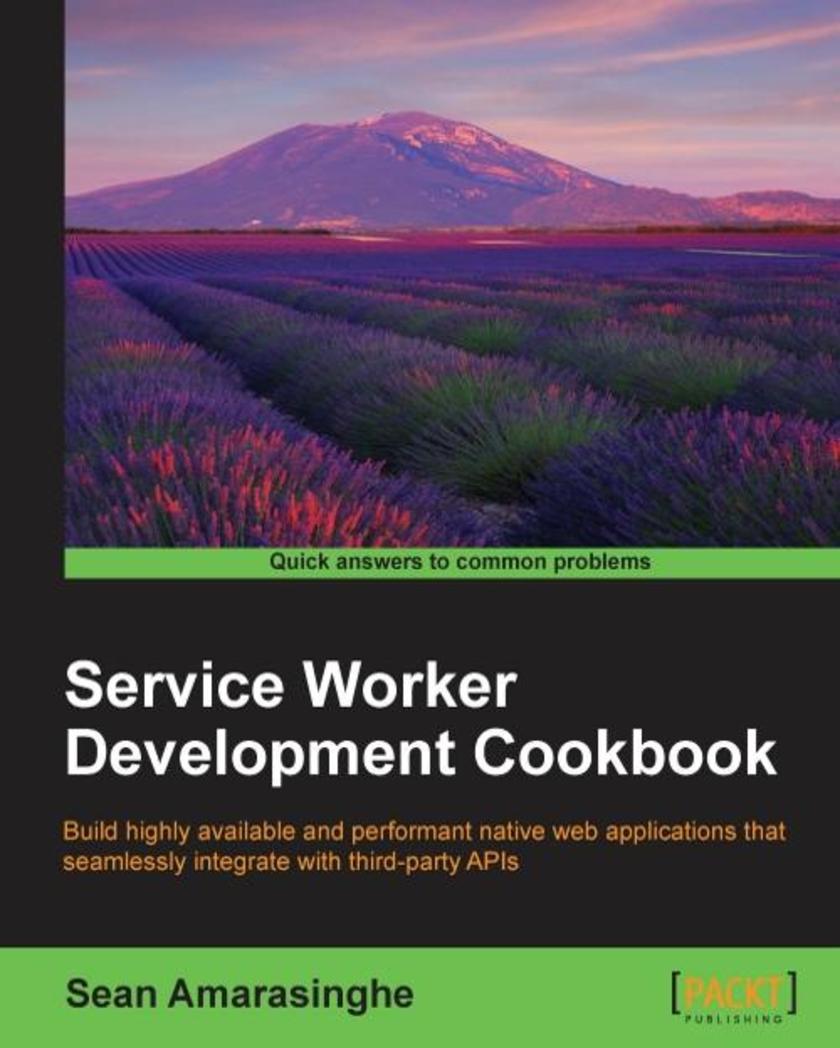
Service Worker Development Cookbook
¥90.46
Build highly available and performant native web applications that seamlessly integrate with third-party APIs About This Book Get straight into the action with step-by-step recipes that show you how to put Service Workers to work Find out what Service Workers can do for your app, then do it! Get the first in-depth look at this important new feature for web developers Who This Book Is For Web developers, mobile application developers, and software engineers with any level of knowledge can use this book. You should be familiar with JavaScript and HTML. What You Will Learn Display a custom offline page Cache critical resources for offline use Implement offline Google Analytics Get network responses offline Implement push notifications Improve performance of your app In Detail It would be nice to have web apps that work offline and send push notifications. This is now possible with Service Workers, which can add native-like functionality to your web apps without requiring a download. This book will get your mobile and web apps functioning without Internet connectivity, improve performance and network interaction in order to increase the level of availability, and show you how to build performant applications that seamlessly integrate with third-party APIs. We’ll show you how to add Service Worker functionality to web apps and sites, access offline content through basic and advanced techniques, and build powerful interactive system notifications. We’ll also teach you about cache functionality and assets to provide immediate load even over narrow connections. We conclude by giving you various tips to improve app performance, including the background sync technique. By the end of this book, you’ll know build high performing and faster web and mobile applications with Service Workers. Style and approach This book provides lots of task-oriented, practical, and inspiring ways to put Service Workers to work. Step-by-step instructions will guide you through every task.
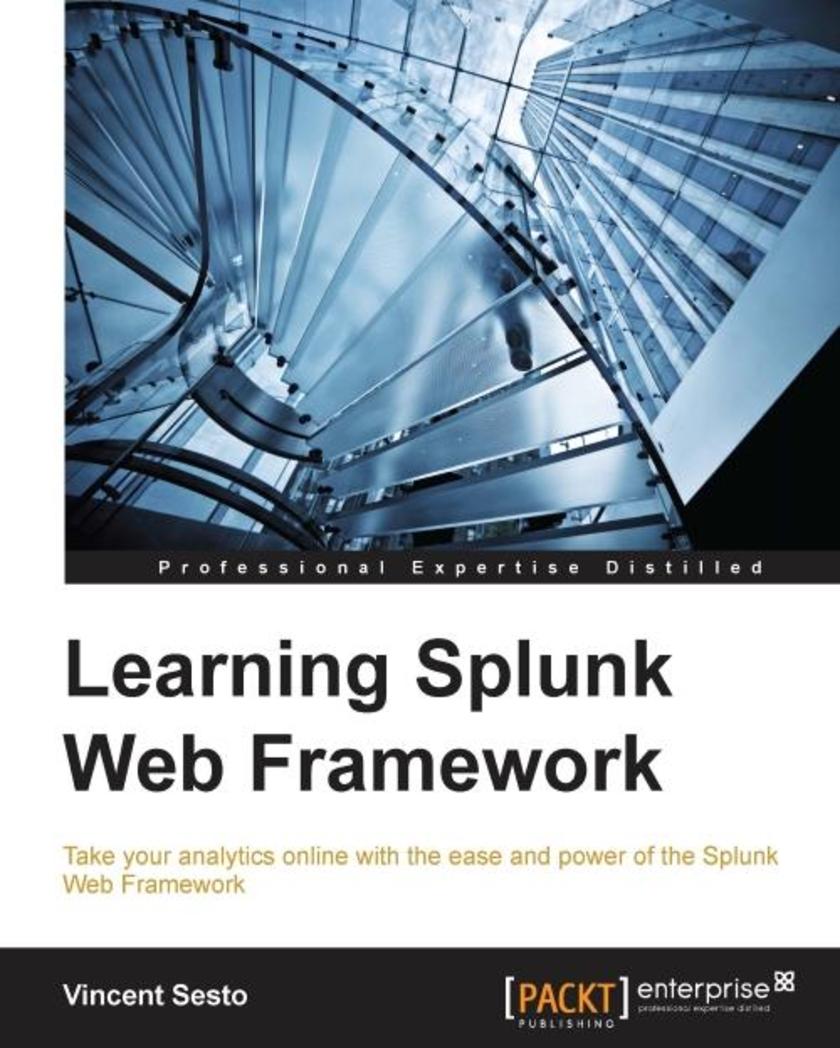
Learning Splunk Web Framework
¥71.93
Take your analytics online with the ease and power of the Splunk Web Framework About This Book Want to build rich applications on the Web using SplunkThis book will be your ultimate guide! Learn to use web framework components with the help of this highly practical, example-rich guide Perform excellent Splunk analytics on the Web and bring that knowledge to your own projects Who This Book Is For This book will cater to Splunk developers and administrators who now wish to further their knowledge with Splunk Web Framework and learn to improve the way they present and visualize data in Splunk. A basic knowledge of JavaScript will be beneficial but is not a prerequisite. What You Will Learn Master the fundamentals of Splunk Web Framework Start thinking of Splunk as a complete development platform to build user-friendly apps Extend the functionality of your apps using SimpleXML techniques Set up dashboard layouts, navigation, and menus in your apps Create simple dashboard elements including charts and tables Master the art of interacting with searches and dashboards Integrate SplunkJS to add visual appeal to your website In Detail Building rich applications on the Web using Splunk is now simpler than ever before with the Splunk Web Framework. It empowers developers to build their own web applications with custom dashboards, tables, charts, form searches, and other functionalities in the datasets at their disposal. The book will start with the fundamentals of the Splunk Web Framework, teaching you the secrets of building interesting and user-friendly applications. In the first application, you will learn to analyze and monitor traffic hitting the NASA website and learn to create dashboards for it. You will then learn additional, and more detailed, techniques to enhance the functionalities of the app such as dashboards and forms, editing simple XML, using simple XML extensions, tokens, post-process searches, dynamic drill-downs, the Splunk Web Framework and REST API, and much more. The second app will use historical stock market data and will create custom dashboards using Splunk Web Framework; the book will now cover important topics such as creating HTML dashboards, enhancing the visual appeal of the app using CSS, and moving your app with SplunkJS. The book will provide different and interesting examples instead of the usual “Log, Index, Search, and Graph” so that Splunk will be the first tool readers think of to resolve a problem. Style and approach This book will follow a step-by-step approach whereby every new concept is built on top of the previous chapter, and will be highly practical in nature; the reader will learn to build apps while reading about the Splunk Web framework.
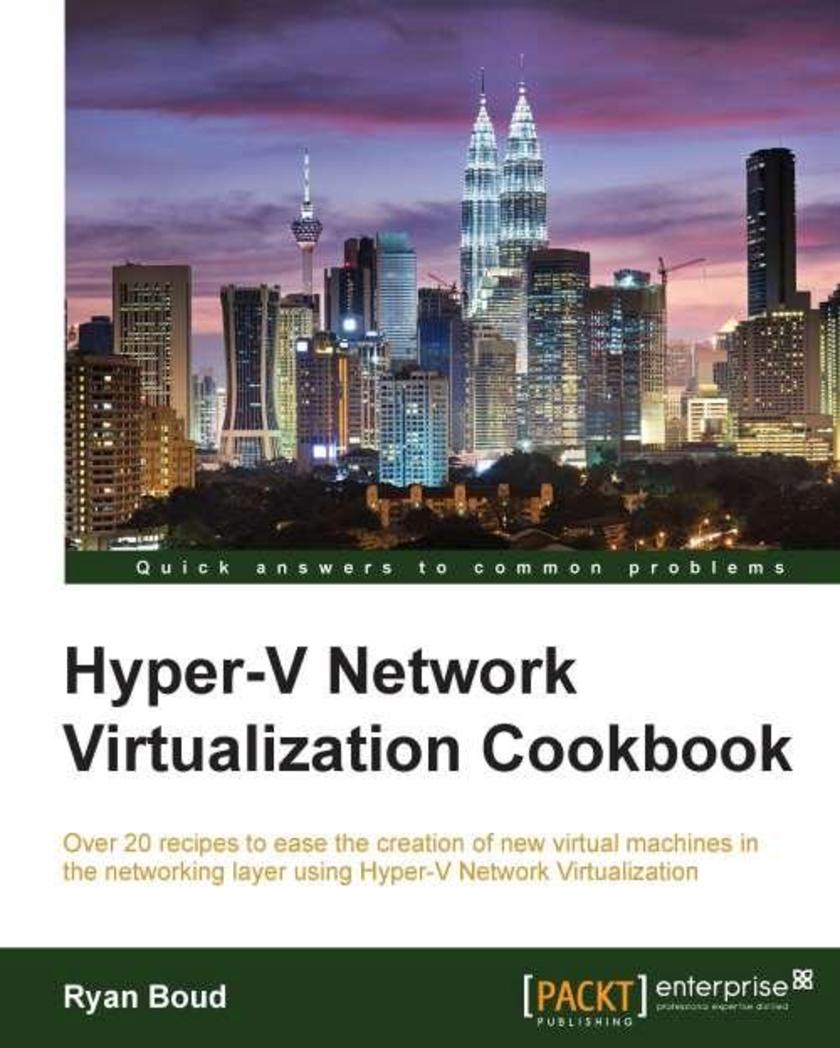
Hyper-V Network Virtualization Cookbook
¥90.46
If you are a virtualization architect, engineer, or administrator who wants to leverage Hyper-V to create virtual networks (virtual data centers), this is the book for you. Prior knowledge of Hyper-V or a similar solution and a good understanding of the end goals of creating a virtual network is required.

Salesforce Essentials for Administrators
¥54.49
This book is targeted at expert administrators or professionals who are new to Salesforce and want to learn the various features supported by the platform in a short space of time. The book can also be used by professionals preparing for Developer and Administrator certification exams from Salesforce.
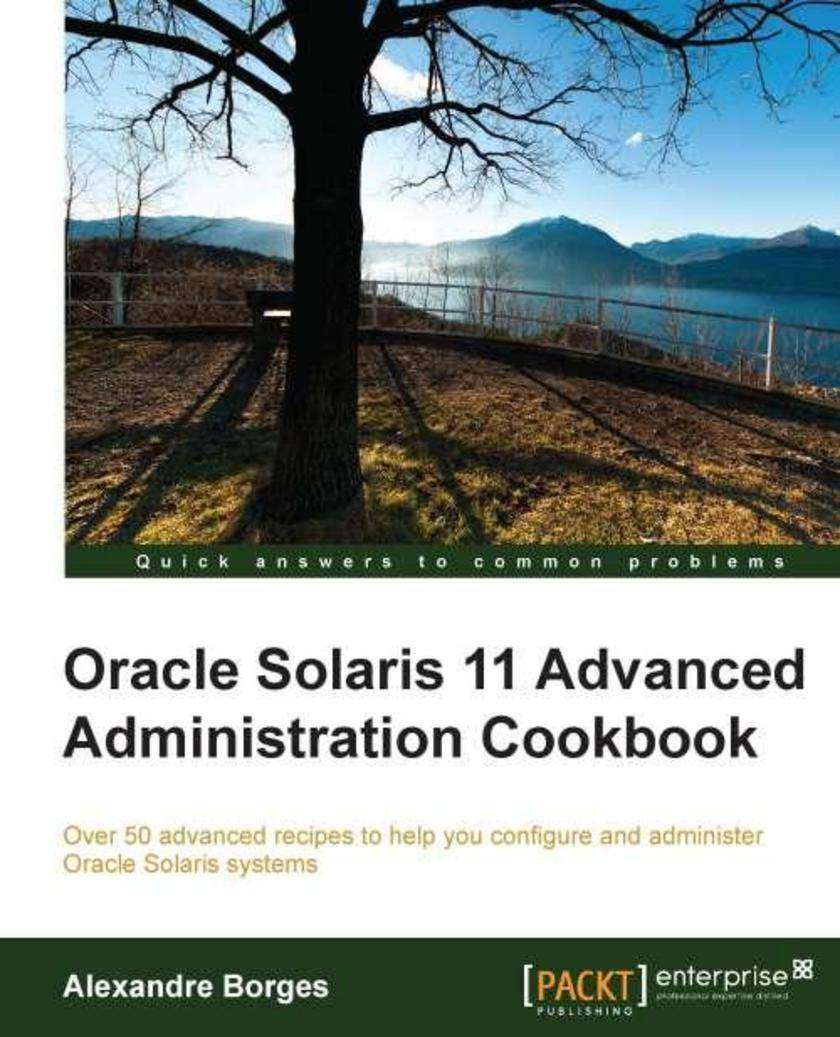
Oracle Solaris 11 Advanced Administration Cookbook
¥107.90
If you are a Solaris administrator who wants to learn more about administering an Oracle Solaris system and want to go a level higher in utilizing the advanced features of Oracle Solaris, then this book is for you. A working knowledge of Solaris Administration is assumed.
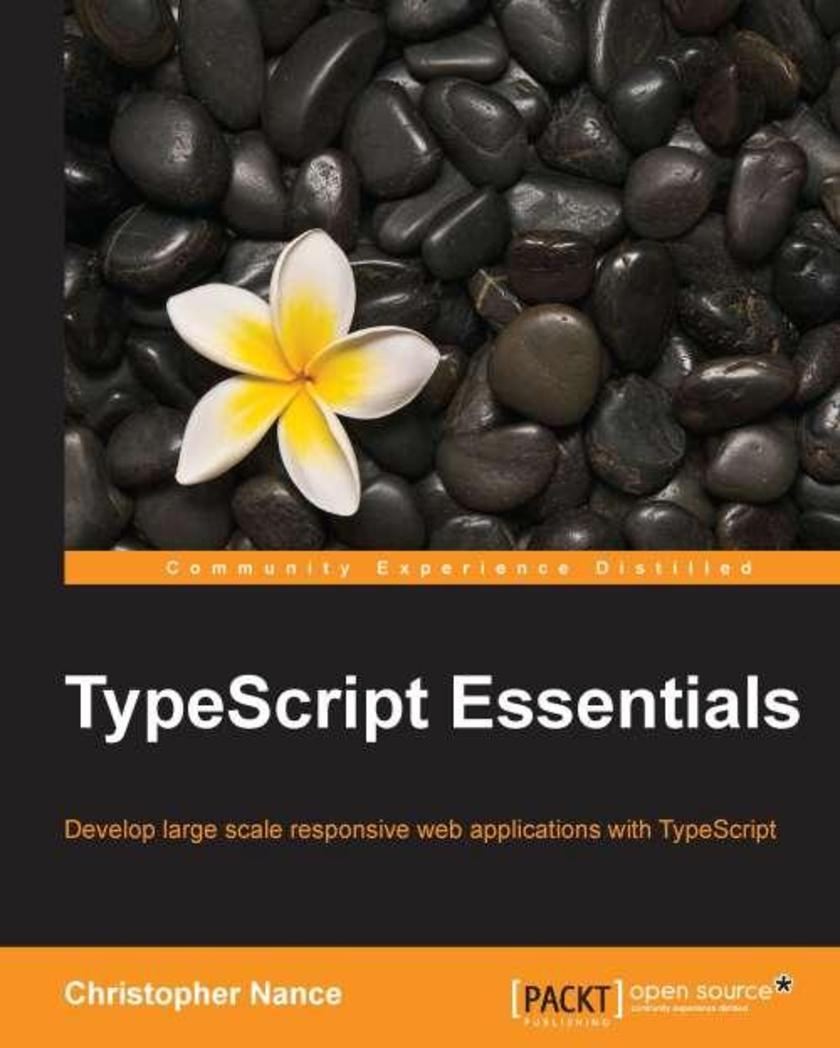
Typescript Essentials
¥54.49
The book introduces the TypeScript language and its features to anyone looking to develop rich web applications. Whether you are new to web development or are an experienced engineer with strong JavaScript skills, this book will get you writing code quickly. A basic understanding of JavaScript and its language features are necessary for this book.
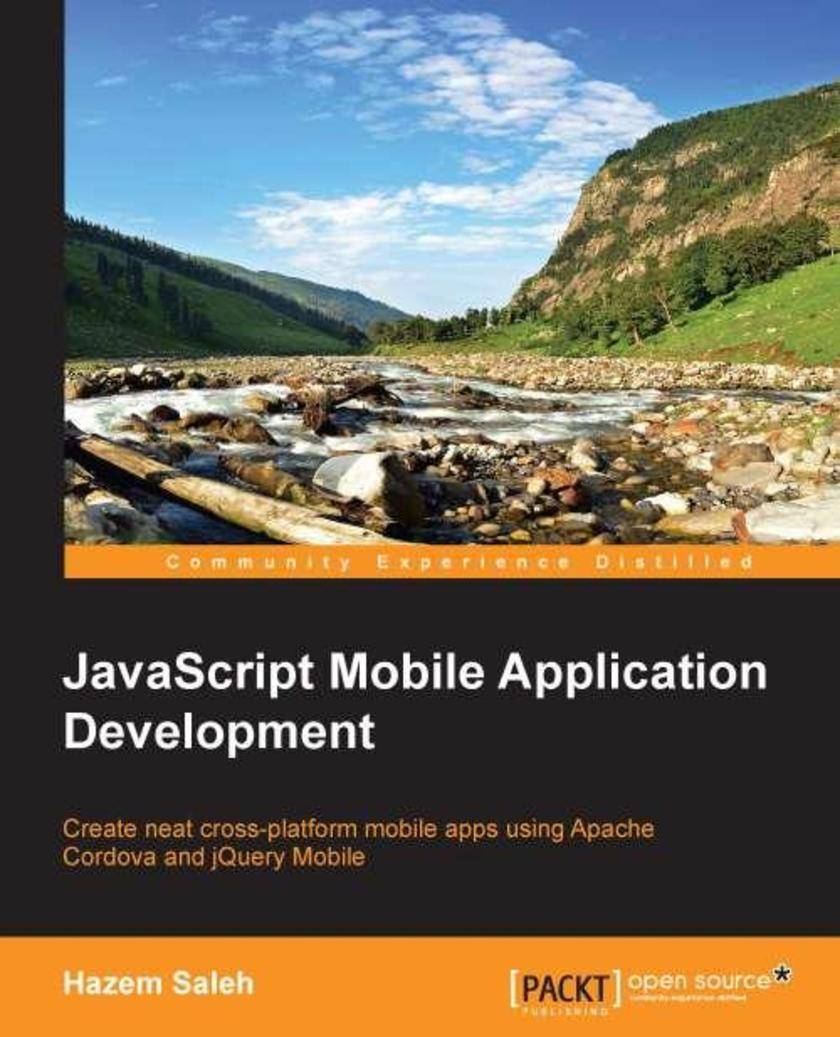
JavaScript Mobile Application Development
¥80.65
If you are a native mobile developer, with some familiarity with the common web technologies of JavaScript, CSS, and HTML, or if you are a web developer, then this learning guide will add great value and impact to your work. Learning how to develop mobile applications using Apache Cordova is of particular importance if you are looking to develop applications on a variety of different platforms efficiently.
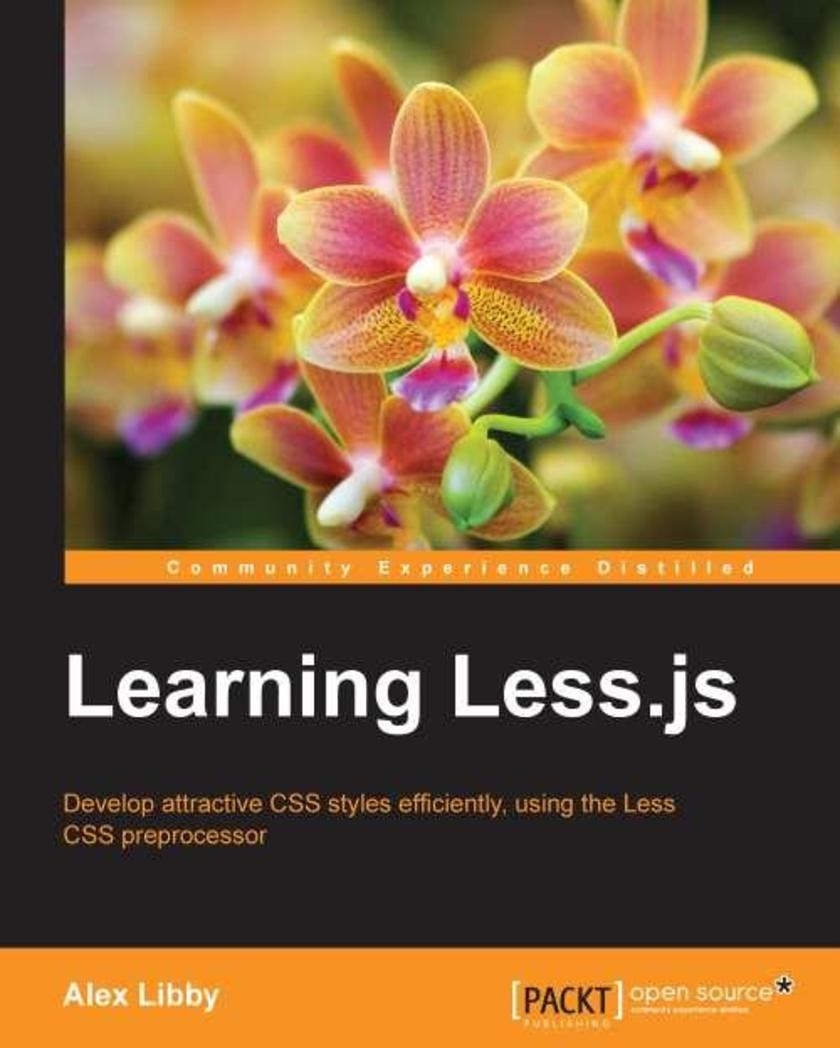
Learning Less.js
¥80.65
If you are a designer or developer who wants to quickly learn how to harness the power of Less.js to write more efficient CSS styles that can be applied to a website of any size, then this book is for you. This book will help you master both the basic functions and advanced features of Less.js. It would be helpful to have some familiarity of writing CSS styles, although no prior experience of using CSS preprocessors is required.
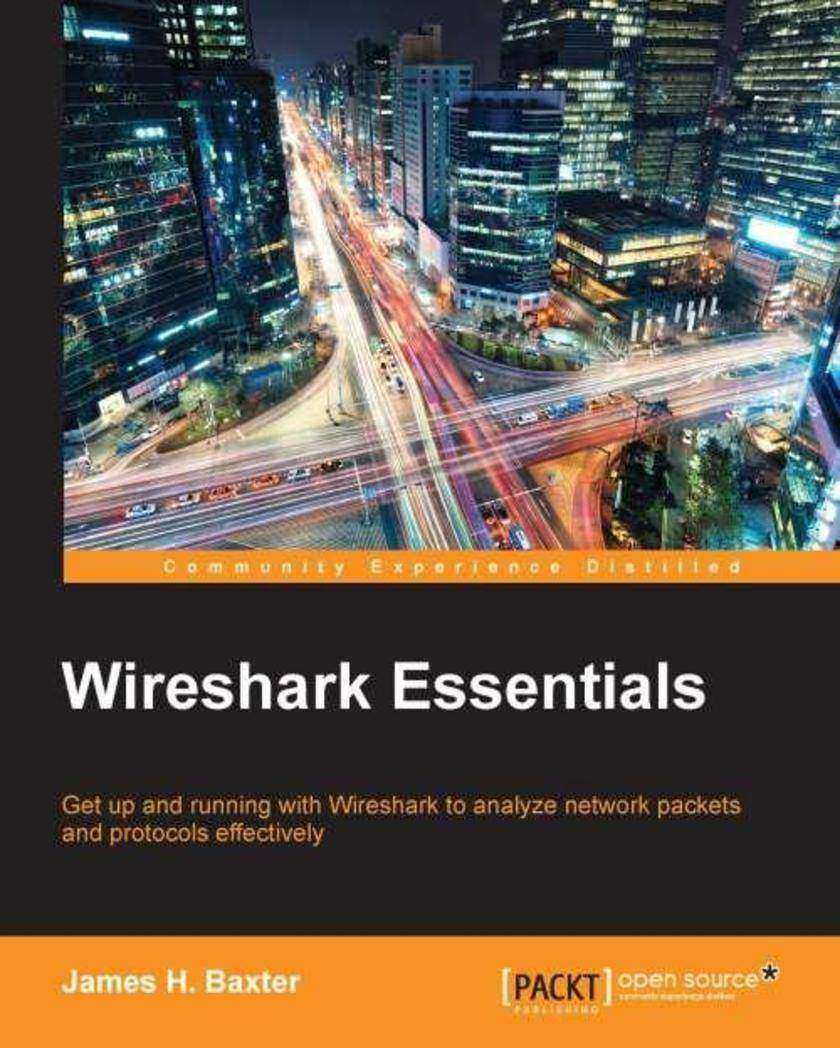
Wireshark Essentials
¥45.77
This book is aimed at IT professionals who want to develop or enhance their packet analysis skills. Basic familiarity with common network and application services terms and technologies is assumed; however, expertise in advanced networking topics or protocols is not required. Readers in any IT field can develop the analysis skills specifically needed to complement and support their respective areas of responsibility and interest.

R Graph Cookbook
¥99.18
Targeted at those with an existing familiarity with R programming, this practical guide will appeal directly to programmers interested in learning effective data visualization techniques with R and a wide-range of its associated libraries.
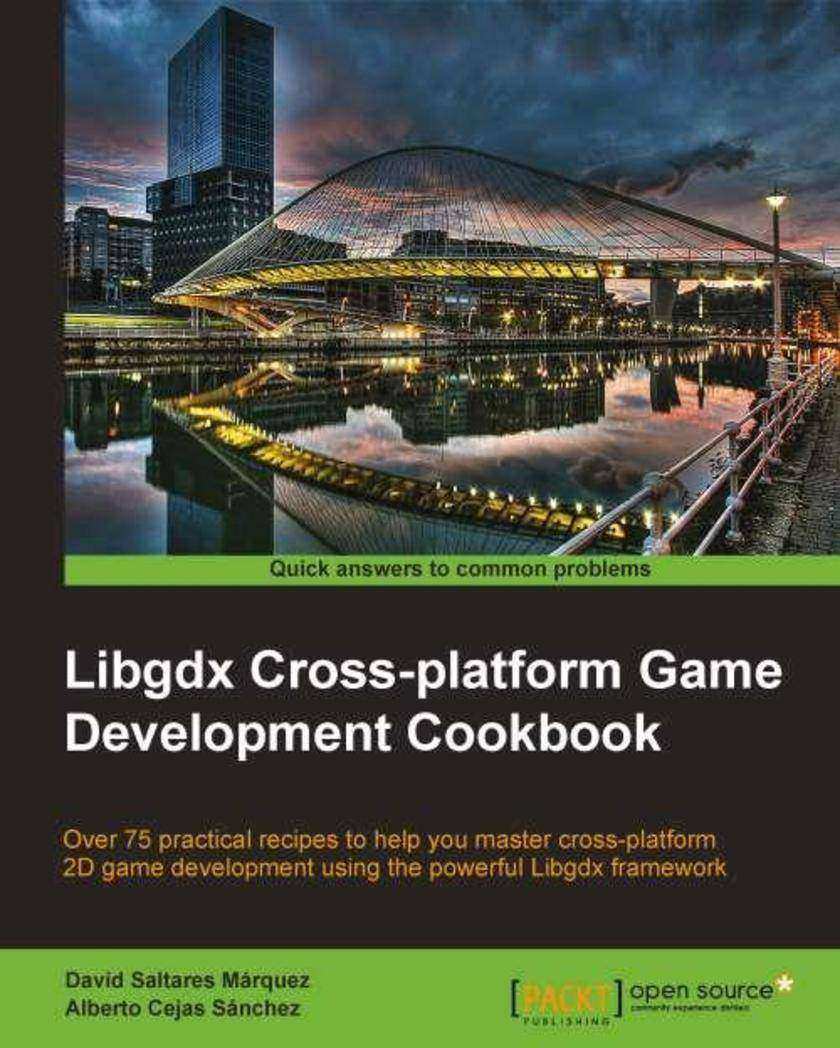
LibGDX Cross platform Development Cookbook
¥90.46
If you want to make cross-platform games without the hassle and dangers of writing platform-specific code, or If you are a game programmer who may have some experience with Java and you want to learn everything you need to know about Libgdx to produce awesome work, this is the book for you. To take full advantage of the recipes in this book, you are expected to be familiar with java with good game programming knowledge.
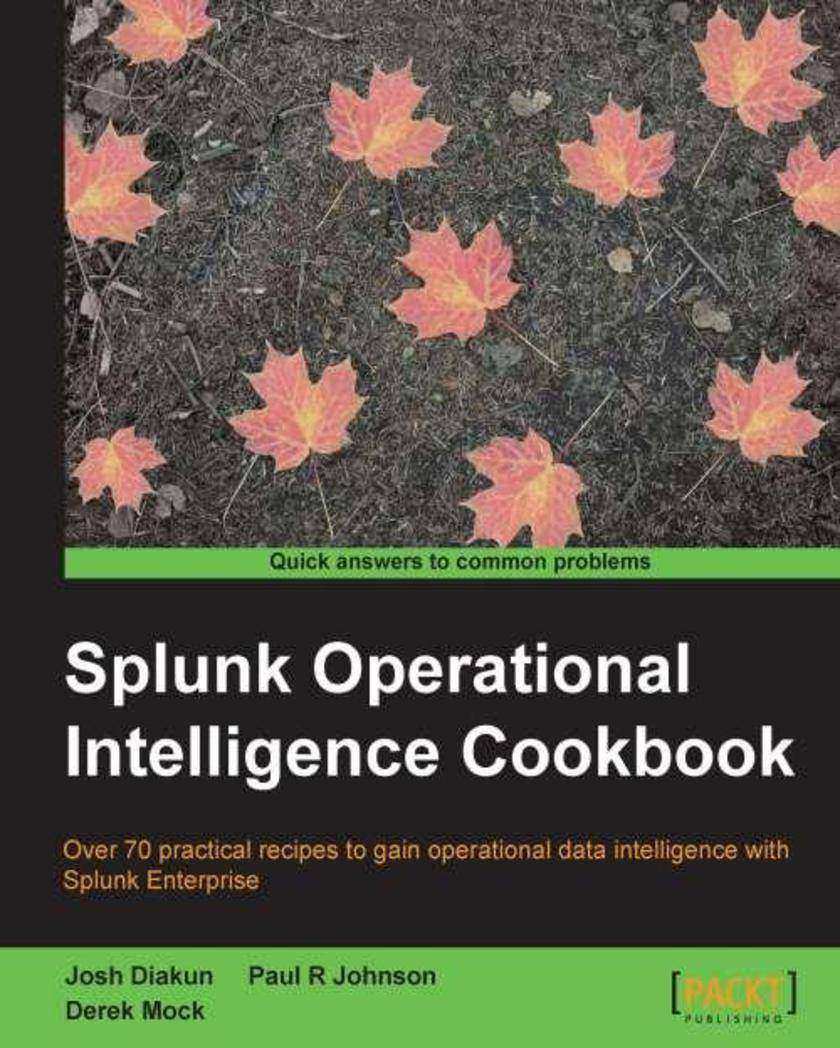
Splunk Operational Intelligence Cookbook
¥90.46
This book is intended for users of all levels who are looking to leverage the Splunk Enterprise platform as a valuable operational intelligence tool. The recipes provided in this book will appeal to individuals from all facets of a business – IT, Security, Product, Marketing, and many more!
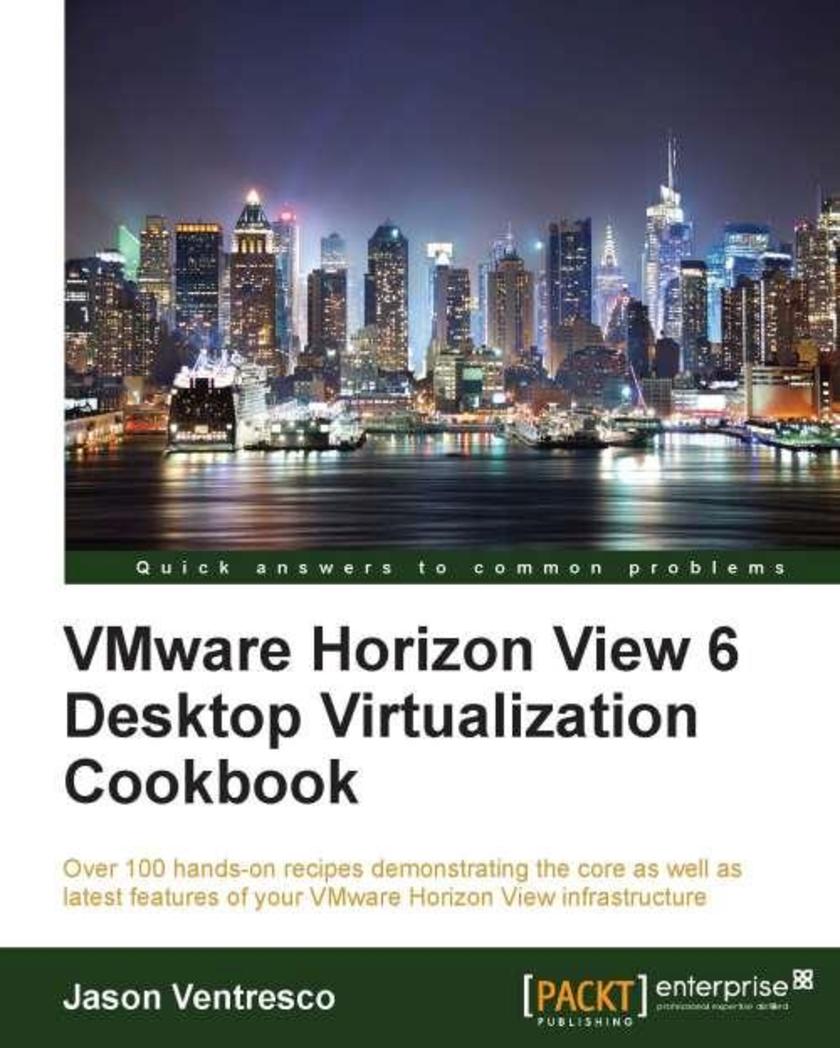
VMware Horizon View 6 Desktop Virtualization Cookbook
¥90.46
If you want a more detailed explanation concerning the implementation of several different core features of VMware Horizon View, this is the book for you. Whether you are new to VMware Horizon View or an existing user, this book will provide you with the knowledge you need to successfully deploy several core features and get introduced to the latest features of version 6.0 as well.
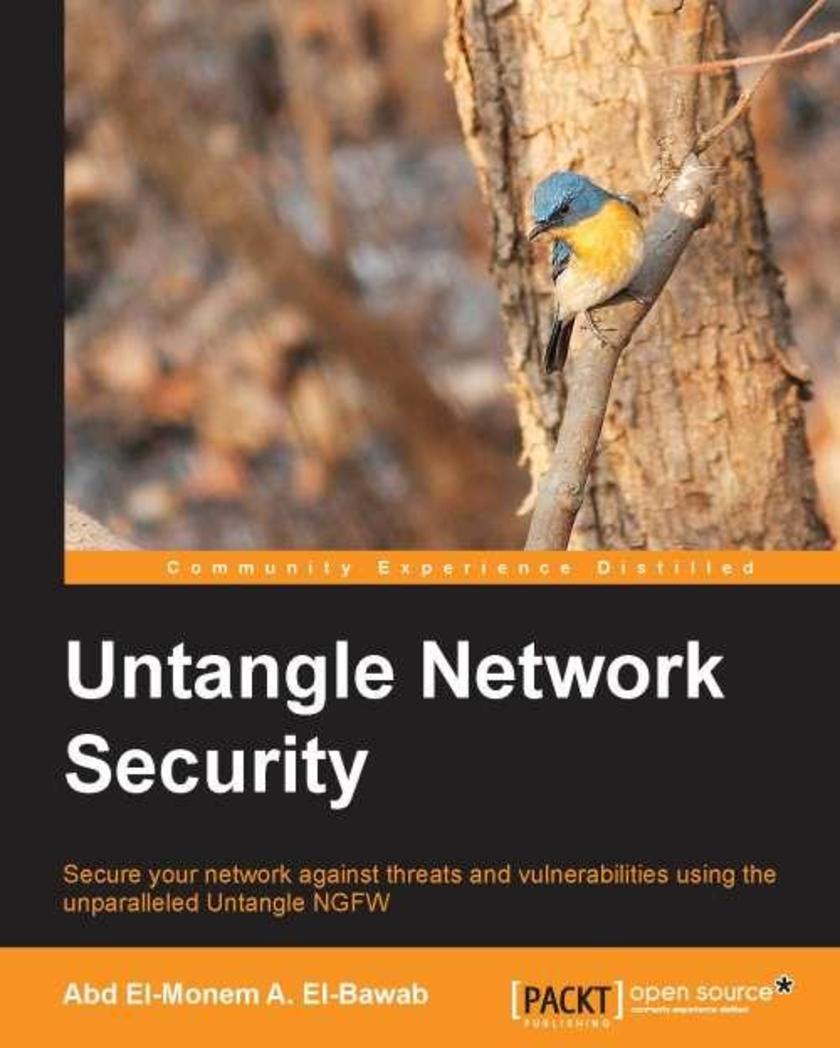
Untangle Network Security
¥80.65
If you are a security engineer or a system administrator and want to secure your server infrastructure with the feature-rich Untangle, this book is for you. For individuals who want to start their career in the network security field, this book would serve as a perfect companion to learn the basics of network security and how to implement it using Untangle NGFW.

VMware Horizon 6 Desktop,Virtualization Solutions
¥99.18
If you are a desktop architect, solution provider, end-user consultant, virtualization engineer, or anyone who wants to learn how to plan and design the implementation of a virtual desktop solution based on Horizon 6, then this book is for you. An understanding of VMware vSphere fundamentals coupled with experience in the installation or administration of a VMware environment would be a plus during reading.
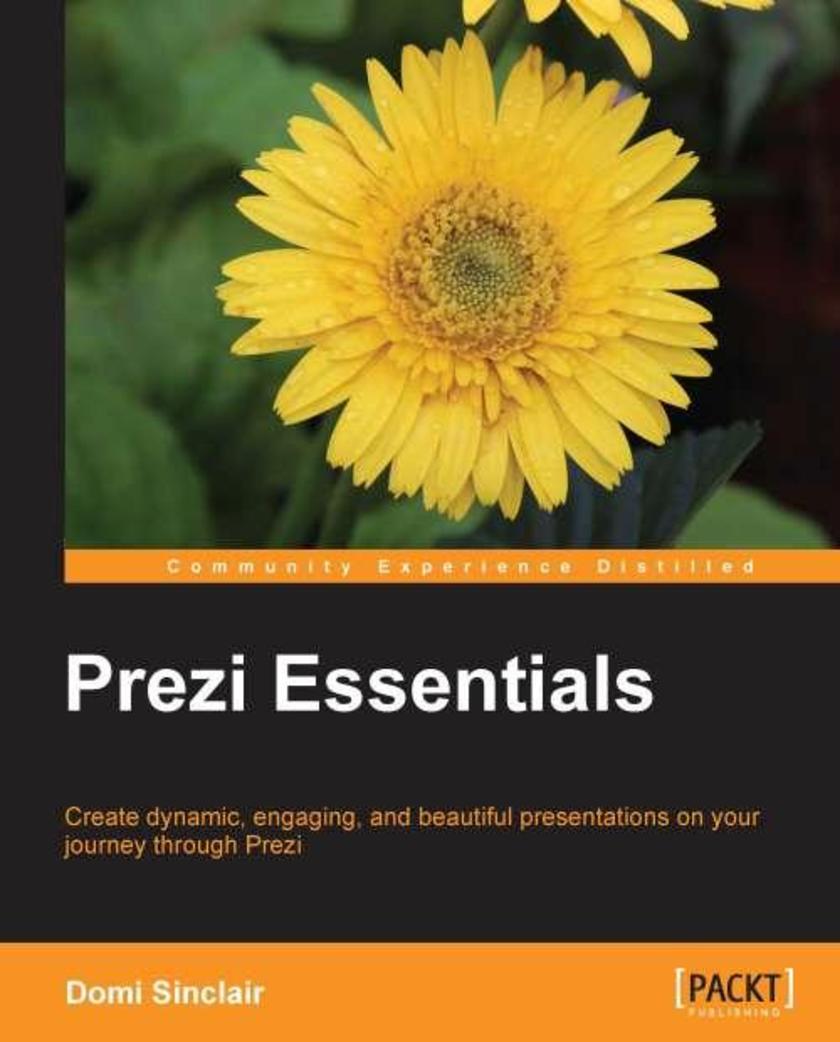
Prezi Essentials
¥46.86
If you want to learn Prezi, and specifically design within Prezi, this is the book for you. Perhaps you already know a bit about Prezi but have never used it, or perhaps you have used Prezi before but want to learn how to incorporate your own custom design elements. In either case, this book will get you up and running quickly. It would be helpful to have a bit of familiarity with basic design concepts and the use of Prezi, but prior experience is not essential.
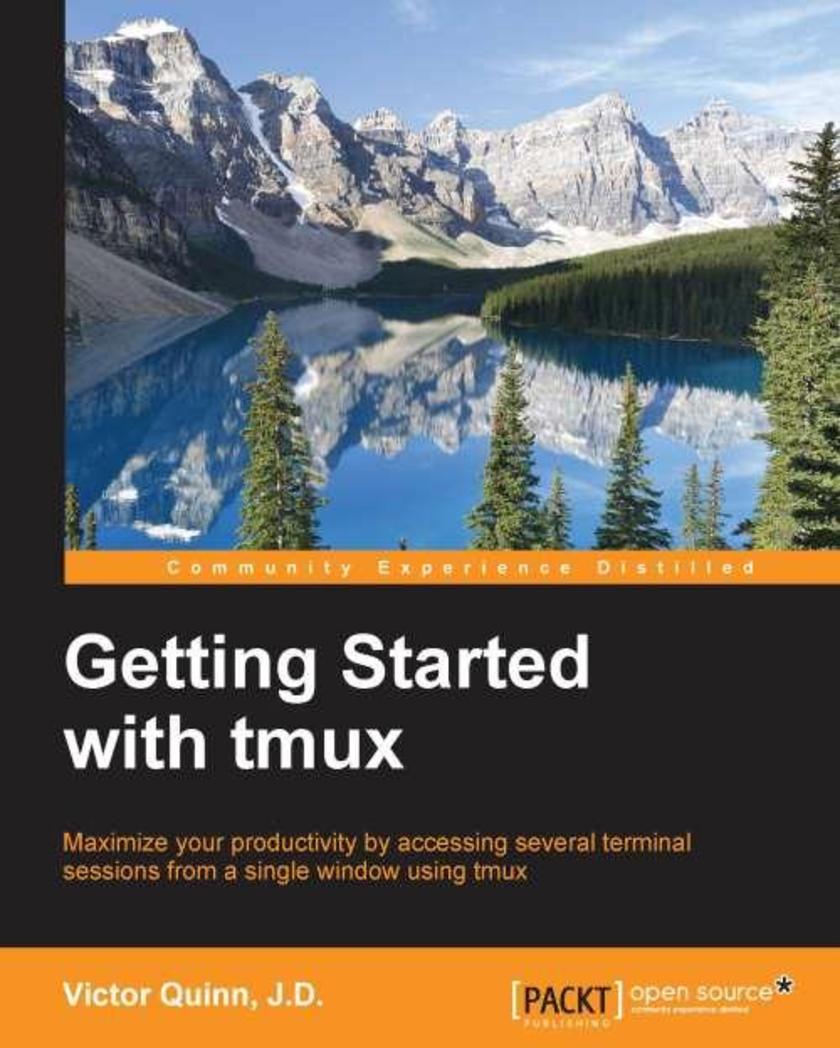
Getting Started with tmux
¥50.13
The book is intended for software developers, DevOps engineers, and other professionals who make heavy use of the terminal in their daily workflow. Some familiarity with the terminal is useful but no prior experience with tmux or other terminal multiplexers (such as GNU Screen) is required.

Mastering MariaDB
¥90.46
This book is intended for intermediate users who want to learn how to administrate a MariaDB server or a set of servers. It is aimed at MariaDB users, and hence working knowledge of MariaDB is a prerequisite.

Force.com Enterprise,Architecture
¥107.90
This book is for advanced Force.com developers and architects who need to understand the Salesforce platform from the perspective of enterprise-level requirements. You should have an existing understanding of Apex and Visualforce. Those familiar with other enterprise software ecosystems will also find this book ideal as they adopt Force.com.
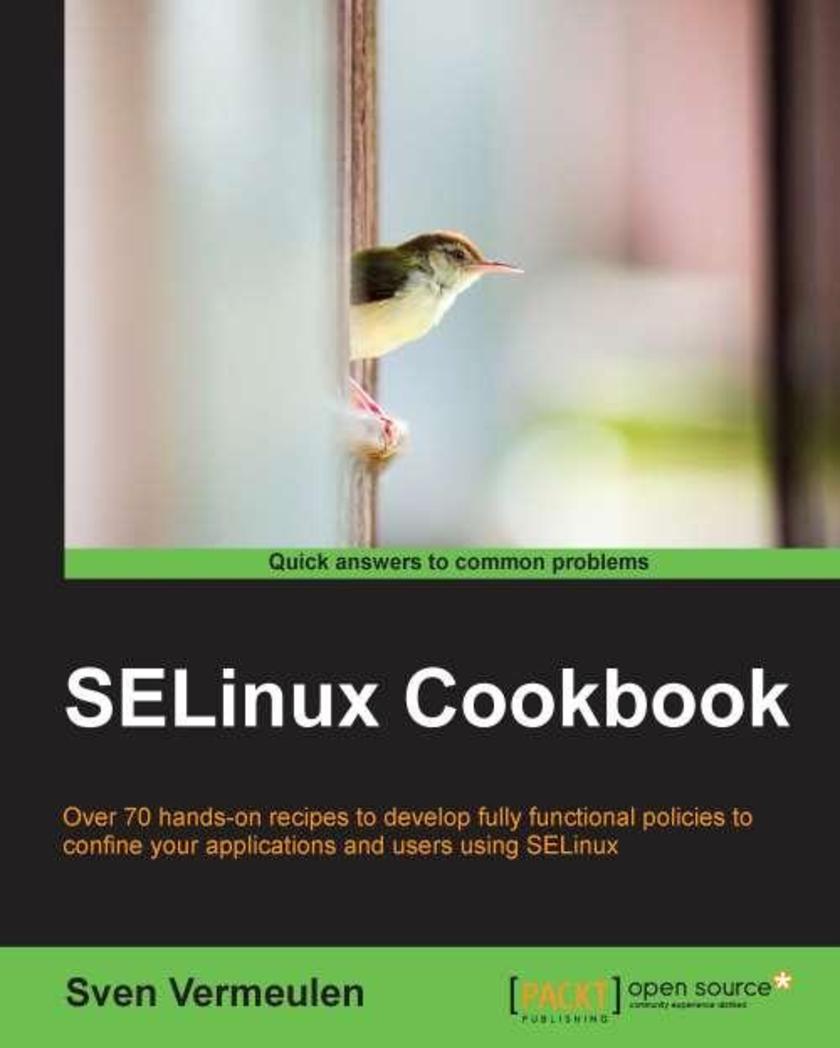
SELinux Cookbook
¥80.65
If you are a Linux system administrator or a Linux-based service administrator and want to fine-tune SELinux to implement a supported, mature, and proven access control system, then this book is for you. Basic experience with SELinux enabled distributions is expected.




 购物车
购物车 个人中心
个人中心



